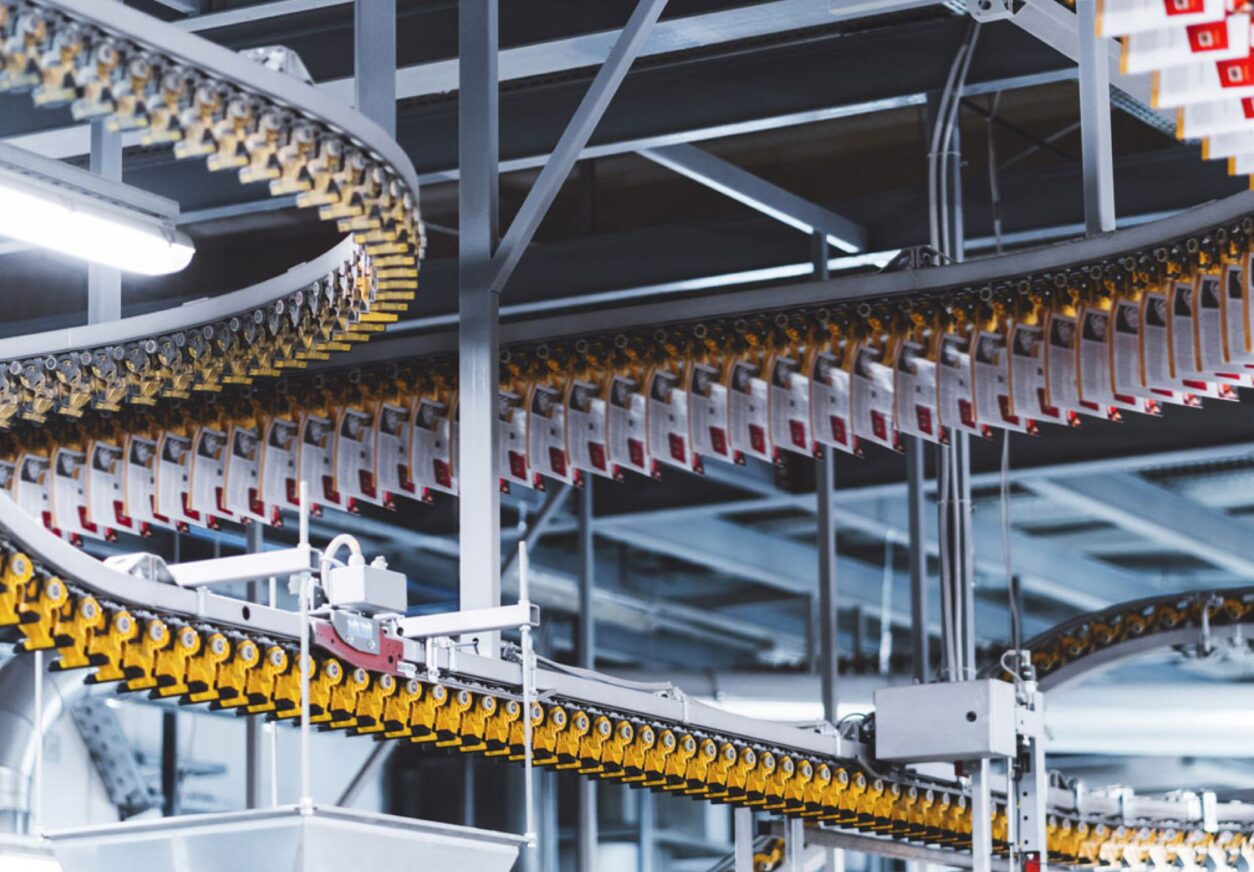What is SMED?
SMED stands for “Single Minute Exchange of Dies“.
The goal of this method is to reduce the preparation time between two production series, to improve the productivity of a factory.
Historical background: the SMED method, like many other Lean Management tools, was invented at Toyota by Shigeo Shingo in 1969.
Shigeo Shingo justifies the name of this method by the hope that the changeover time of a series, i.e. the time between the last functional part of a series and the first functional part of the following series, is less than ten minutes.
The SMED method has become a privileged differentiation tool to optimize the competitiveness of its company.
Its implementation requires a flexible and reactive organization, which is carried out in 4 steps.
The SMED method in 4 steps
The implementation of the SMED method includes the following steps:
1. Identification of internal and external adjustments;
2. Separation of internal and external settings;
3. Transformation of internal settings into external settings;
4. Reduction of the execution time of internal and external operations.
What do these 4 steps consist of?
1. The first step in implementing the SMED method is the observation and analysis of the initial state of a workstation during a changeover.
2. By observing the chronology, the duration, the constraints, the material means or the resources for example which concern this initial change of series, it will then be possible to sort them out between internal adjustments and external adjustments.
3. The internal tasks are the activities done outside of production, when the machine is stopped. External tasks are those activities done during production, which do not require the machine to be stopped.
Since we want to reduce the production downtime between two production runs, we need to outsource internal operations whenever possible to reduce the time the machine is down.
An optimization of the organization can already significantly improve the changeover time of the series.
4. The last step is then to reduce internal operations, to reduce machine downtime, and external operations, to reduce costs.
The logistics of the SMED method
The principle of application of the SMED method begins with the choice of a “pilot site” on which the method will be applied and then extended to all workstations.
The choice of a relevant “pilot site” is very important.
It is the success of this first site that will determine the adherence of the other workstations to the SMED method.
It is therefore advisable to choose a workstation that is representative of the production and to involve as many employees as possible from the beginning in order to avoid skepticism that could be detrimental to a proper application of the method.
Saving time, productivity and money
The SMED method favors production by better responding to the customer’s needs because it favors the production of small lots.
This method also allows an improvement of the quality of the products, a better management of the production and stocks and reduces the risk of overproduction, the most expensive waste for a company.
The production process is thus part of an operational excellence and continuous improvement approach, called kaizen.
Written by Emma Guignard








